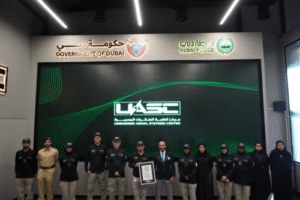In the world of neonatal medicine, miracles happen every day—but some stories stand out as extraordinary milestones of human resilience and medical innovation. Around the globe, doctors, nurses, and families are celebrating the incredible survival of some of the most premature babies ever born, whose journeys continue to inspire millions.
One of the most remarkable cases is that of a baby born at 21 weeks and 2 days, weighing barely 400 grams, who defied every odd. Doctors initially believed survival was impossible—but advanced neonatal care, including specialized ventilation, micro-surfactant therapies, and precision temperature regulation, turned the impossible into reality. Today, that child is thriving, showing no major developmental delays.
In another groundbreaking case, twins born at 22 weeks in Europe survived after months of intensive care. The medical team created a customized care plan involving round-the-clock monitoring, delicate nutrition strategies, and cutting-edge respiratory support. Their family describes the experience as “a fight for life measured in breaths, not days.”
Hospitals worldwide report an increase in survival rates for extremely premature infants thanks to medical advancements such as:
Artificial womb research, which could one day support babies born even earlier
Improved neonatal transport systems ensuring faster access to critical care
Enhanced infection-control protocols that protect fragile immune systems
New therapies supporting lung development, a key challenge in extreme prematurity
Despite the emotional and financial strain such cases bring, families consistently credit their survival to dedicated medical teams and unwavering hope.
Neonatologists emphasize that while these stories are uplifting, they also underline the importance of continued research, specialized neonatal units, and parental support programs.
As technology evolves and neonatal care pushes boundaries, the world is witnessing a new era where miracles are becoming medical achievements—and the smallest fighters are rewriting the limits of survival.







